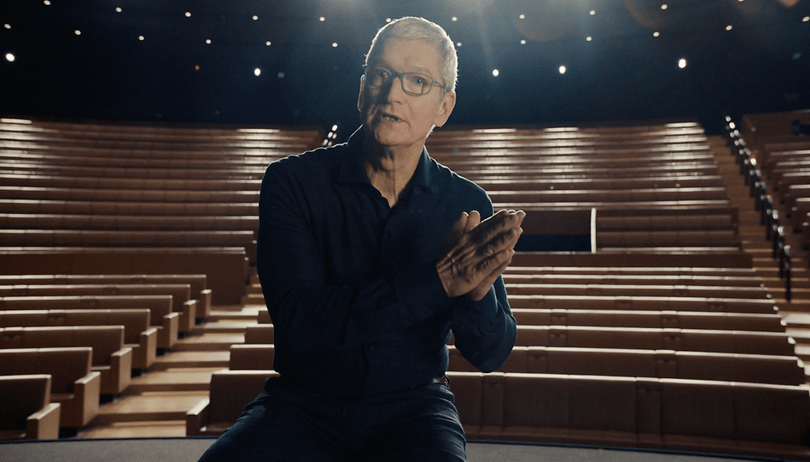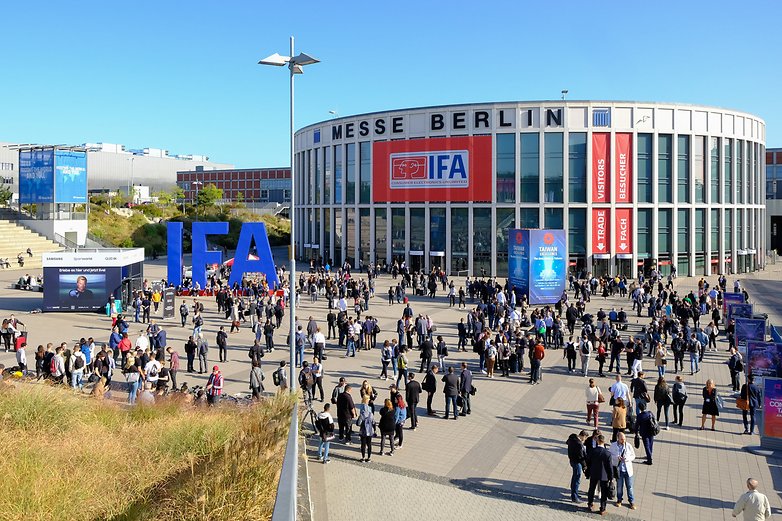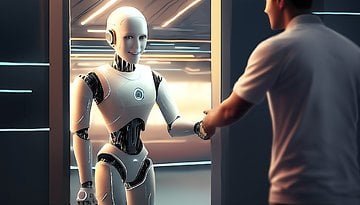Was WWDC 2020 the new normal? Don't count on it


It's been a crazy 2020 so far. As the coronavirus outbreak has put a temporary end to traditional tech events and product launches - at least as far as press and public attendance is concerned - new digital solutions are emerging. But is this the end of the big tech showcase as we know it?
Cast your mind back to February and Samsung's Unpacked event for the launch of the Galaxy S20 series. It feels like a decade ago. Four months ago, just ahead of the Mobile World Congress in Barcelona, Samsung held what turned out to be one of the last major press conferences for a smartphone launch attended by press and industry officials. Hundreds packed into a theatre in San Francisco, California, to check out the latest flagships from the South Korean giant. Later that month, in Barcelona, the Mobile World Congress was a different affair altogether. Huawei and Honor still turned up and put on a show, but everyone else stayed away. Little did we know at the time, that a new normal was beginning to take shape. Or was it?
The rise of the digital launch event
Online-only launch events and live streams were not invented in February 2020, but over the course of the last four months, we have witnessed a change in how smartphone manufacturers and tech companies unveil their products to the world. At the MWC 2020, Huawei and Honor used pre-recorded live streams to bridge the gap between the old and the new. The room was full of journalists, but Richard Yu was not standing on stage at the front of the theatre. What we were served was a kind of digital version of the old format. A CEO stood in front of a PowerPoint presentation, clicking through slides before pulling the latest product from an inside jacket pocket to show to the world's media.
Those of us in the room speculated at the time that there were advantages to doing it this way, for the manufacturers at least. Pre-recording the event meant you could redo parts and erase mistakes. You could master your timing with the slides and make sure everything was perfect. The pressure of a live performance was off. Few in Barcelona were already talking about the next stage of where we were heading back in February, but at its WWDC 2020, Apple took things to the next level.
Whatever you think about iOS 14 and Apple's new 'innovations', one thing that even the most diehard Android fanboys would admit is that the digital show the guys and girls in Cupertino put on was on another level compared to what we'd seen at say, the online OnePlus 8 series launch or anything at MWC 2020.
Free from having to present on stage, Apple presented its new software and hardware announcements via a series of short films from various locations across Apple Park. It was slick, and brought the viewer closer to the products it wanted to show off than would have been possible on stage. There was more variety. It was less of drag. Sure, there woos and cheers from the press pack sitting in the Steve Jobs theater were missing, but the hype was all there. Our resident iSheep (you know who you are) were frothing at the mouth.
But is this the future of WWDC for Apple? Probably not. It's worth remembering that the Worldwide Developers Conference is as much about the hands-on sessions with developers (who pay handsomely to attend) as it is the big keynote that opens the week. But how about the next iPhone launch, or Google I/O, or CES 2021 in January next year?
There are those who argue that Apple has created the blueprint for future tech events with its WWDC 2020 digital edition. That the 2-hour video was so well done that a return to a physical theater show would feel like a step backward. But there are several reasons why things will revert back to the old way as soon as we are allowed to.
Don't write off the theater shows just yet
Whilst Apple's WWDC proved that you can create an exciting and engaging show without having an audience present, it will be interesting to see if this kind of event becomes the new normal once social distancing and public health concerns subside - if and when that happens.
Many have touted the idea that manufactures can save a lot of money by holding online events. All that money saved on flights and accommodation for journalists and other guests, for venue hire and refreshments, for the glitz and the glamour and everything else that eats into the marketing budget. But those savings don't tell the whole story. Companies will not underestimate the value of having those that write about their products in the room. The chance to demonstrate and 'sell' their new tech in hands-on sessions which take place after the keynote.
Then there's the issue of reach. Sure, Apple and Google do not need to beg influencers to attend their product launches or pray for tech magazines and media outlets to fill their pages with coverage, but what about smaller players in the market? For those brands looking to break onto the scene or establish themselves higher up the food chain, the chance to invite media, influencers, and content creators to fancy shows is still a legitimate marketing strategy. Whether you like it or not, that is the way this game works. There is a reason Qualcomm holds its annual Snapdragon Tech Summit in Hawaii.

The huge counter-argument to this, and it's one that I fully accept, is the ecological cost of the way we have been doing things up until now. The carbon footprint created by flying media and staff all over the world to market a new smartphone or processor is huge, and questions are rightly being asked about how irresponsible and damaging this behavior is. There are certainly public image gains to be won by demonstrating an ecological conscience - just watch as Apple takes the charger out of the iPhone 12 box and sells it as a green decision in its heroic bid to save the planet - but at the end of the day capitalism is capitalism, and capitalism has little concern for the plastic in the ocean or the CO2 in the atmosphere.
Business to business is key
I've also been talking mainly about B2C communication here, but what about B2B? This year, PwC estimates B2B trade shows are a $15.7 billion market in the United States alone. In fact, trade shows are the second-largest and fastest-growing source of B2B revenue in America.
This year, the IFA 2020 will remain a physical event albeit with some new 'digital innovations'. IFA will be closed to the public, but the media is allowed on site. The show will also be limited to 1,000 people per event per day "without human connections, without meeting real people, without seeing each other, it's not the same thing," said Jens Heithecker, Managing Director of IFA 2020. The trade show in Berlin will perhaps give us our first look at the future of these big tech events and trade shows for B2B communication.

In my opinion, the physical tech event will return when it is safe to do so, but I do believe that we can take elements from these digital editions to improve the overall experience for those watching and reporting. The stage shows have gotten quite dull, especially when the big reveal has already leaked, and the format needed a reshuffle anyway. It will be interesting to see how companies manage this transition, and what new ideas come to the surface, but I for one and excited to see how this plays out.
How would you like to see the tech product event evolve for a post-Covid world? Describe your ideal 'new normal' below the line.




















I'd like to see the event mindset die off. It's just a phone, an os iteration. The hype is as bad as software bloat.
It's really an attempt to brand the customer.
-
Admin
Jul 8, 2020 Link to commentWell said. Give us better phones at a lower price and stop the hype